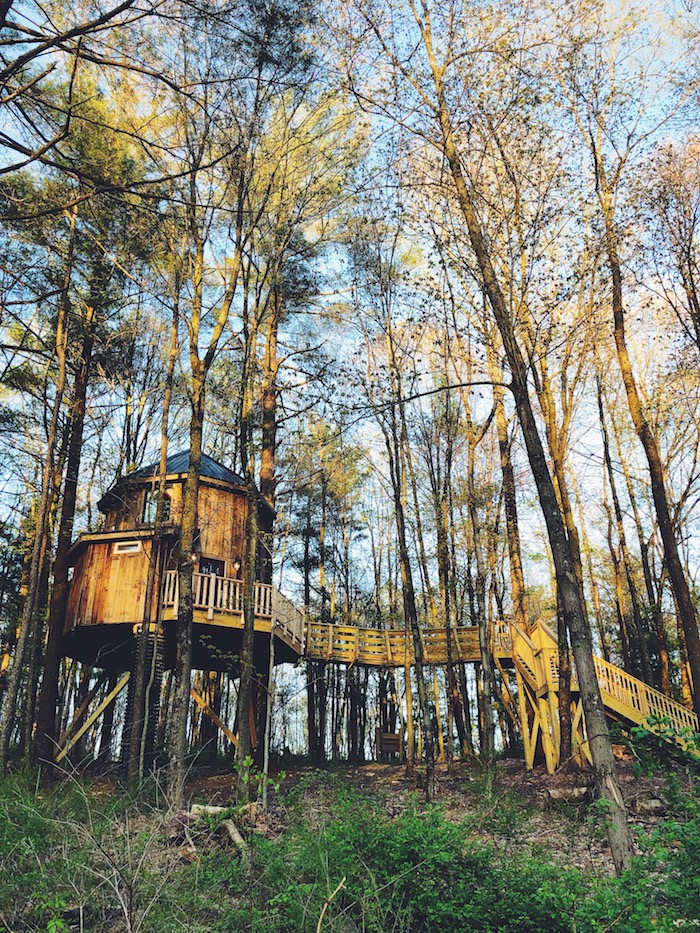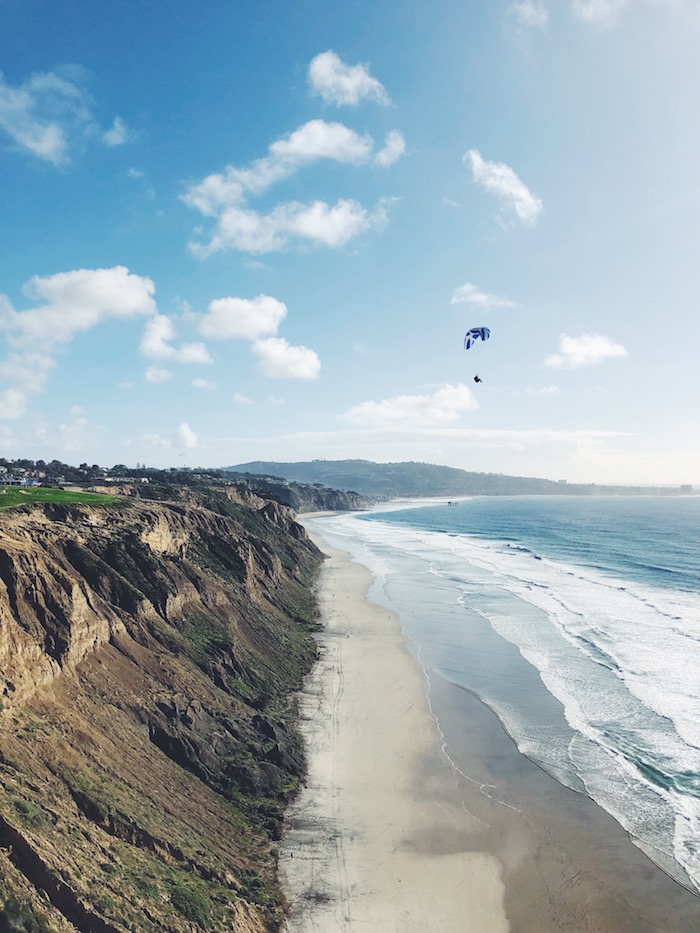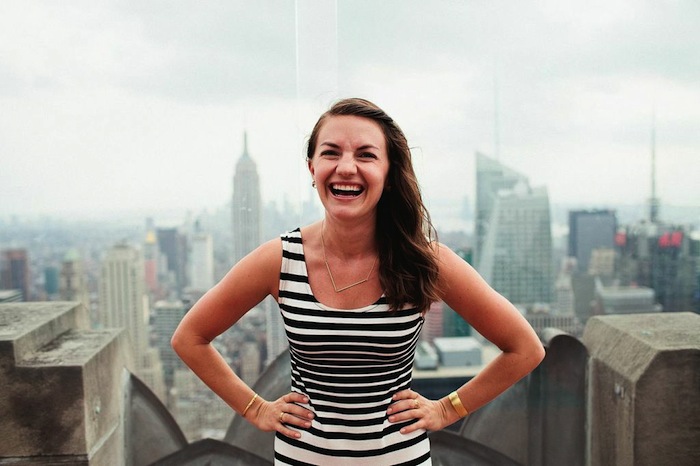What we lose when Instagram shapes our travels
This is what it means to travel the world in the age of social media, where it’s more about sharing a stunning virtual postcard and less about the wonder and adventure of the journey.
According to recent surveys, many people admit to choosing a travel destination based on how it will be perceived on social media. They are on a quest to earn points among their group of IRL and virtual friends by “discovering” the newest, coolest, most off-the-beaten-trail-est kind of place.
Once they get there, they often experience it through a cellphone lens instead of with their own senses.
This depressing fact deeply resonates with me. As an on-again, off-again travel blogger, my travel plans over the last 10 years have been heavily influenced by what I discover and what I can share on Instagram. I’ve taken the requisite shots in Paris in front of the Eiffel Tower and in Tokyo at Shibuya Crossing, and I’ve relished comments from friends and strangers who traveled to Slovenia or the island of Curacao after seeing my posts.
At its best, social media as travel guide exposes you to places you might never have considered while showcasing the beauty of countries, cities or corners often overlooked. But it also limits the way we experience the world, contributing to overtourism (and its very real implications for climate change and carbon emissions) while quietly and quickly eroding the sense of wonder and human connection that result from immersion in an unfamiliar place.
What do we lose when we travel for the ’gram? A genuine connection to those around us, the people who live and work and serve us in a place that we’ve traveled hundreds of miles to experience — and then forsaken for the tenuous attempt to impress Facebook friends and Instagram followers.
This behavior has pushed aside what makes travel special: the total immersion in another culture and the distance from the monotony of everyday life. You can’t escape if you’re constantly logging on, and you can’t stumble over an unexpected gem if you’re sticking to your Google Maps route. Wearing headphones blocks out the thrilling cacophony of an unfamiliar language, and scrolling through your phone instead of people-watching at a cafe or chatting up a local bartender robs you of interaction in real life.
The pervasive nature of social media has forced me to take a deeper look at why and how I travel — especially as I struggle with whether to keep travel blogging. I’m not immune to the powerful dopamine release of gathering likes, and I’m definitely guilty of booking trips to align with my Instagram aesthetic, which leans toward blue skies, turquoise seas and colorful buildings.
But if I’m mainly viewing my travels through a screen — and constantly trying to shape my trip’s narrative in real time — am I taking the time to truly appreciate where I am?
Being loosely connected to the world of travel blogging means my social media feeds are full of people who travel full time and who make money by making their destinations look as enticing as possible. I’ve been on the other side of that lens all too often and know that the experience is rarely as picture-perfect as it seems. For every brilliantly filtered, captioned and hashtagged photo, there are uncomfortable situations the never get mentioned — delayed flights, lumpy hotel beds, food poisonings. Why ruin someone’s fantasy that they too can have a vacation as wonderful as mine?
One of my favorite books is Martha Gellhorn’s “Travels With Myself and Another,” published in 1978. The renowned war correspondent filled it with her travel horror stories, a collection of all of the things that went wrong. From her perspective, “the only aspect of our travels that is guaranteed to hold an audience is disaster.”
On my first vacation with my now-husband, we hit a pothole that gave our rental car three flat tires late at night in the Dominican Republic. We were “rescued” by military policemen toting machine guns. In person, I rarely bring up the gorgeous eco-lodge with an infinity pool that awaited us just past the city of Barahona, but our road-trip horror story gets whipped out anytime the conversation turns to travel. The photos of that trip shared on Instagram are beautiful but also boring — another swaying palm tree on a beach! They are tiny billboards for wish-fulfillment with no sign of the drama that made the trip for us.
The best, most memorable moments in travel are often the ones that can’t be captured in a filtered frame or summarized in a pithy caption. But when we only share the highlights, we also create a false ideal: When people follow the social media guide to travel, it’s easy to be disappointed by the chaos and imperfection that awaits in real life. In reality, the disasters are as much a part of the travel experience as the highlights.
This isn’t a plea for a mass digital detox, but rather a reminder of the joy that can come from the unexpected. Instead of packing the selfie stick, ask a stranger to take your photo. Take out your earbuds and say hello (maybe even in the local language). Put down Yelp and ask your taxi driver the best place to get a cheap and authentic dinner.
The constant search for the perfect and the photogenic, and the planning of a vacation around what will play on Instagram, won’t deliver on the promise of what travel does best: immerse you in the good, the bad and the beautiful of an unfamiliar place.


























